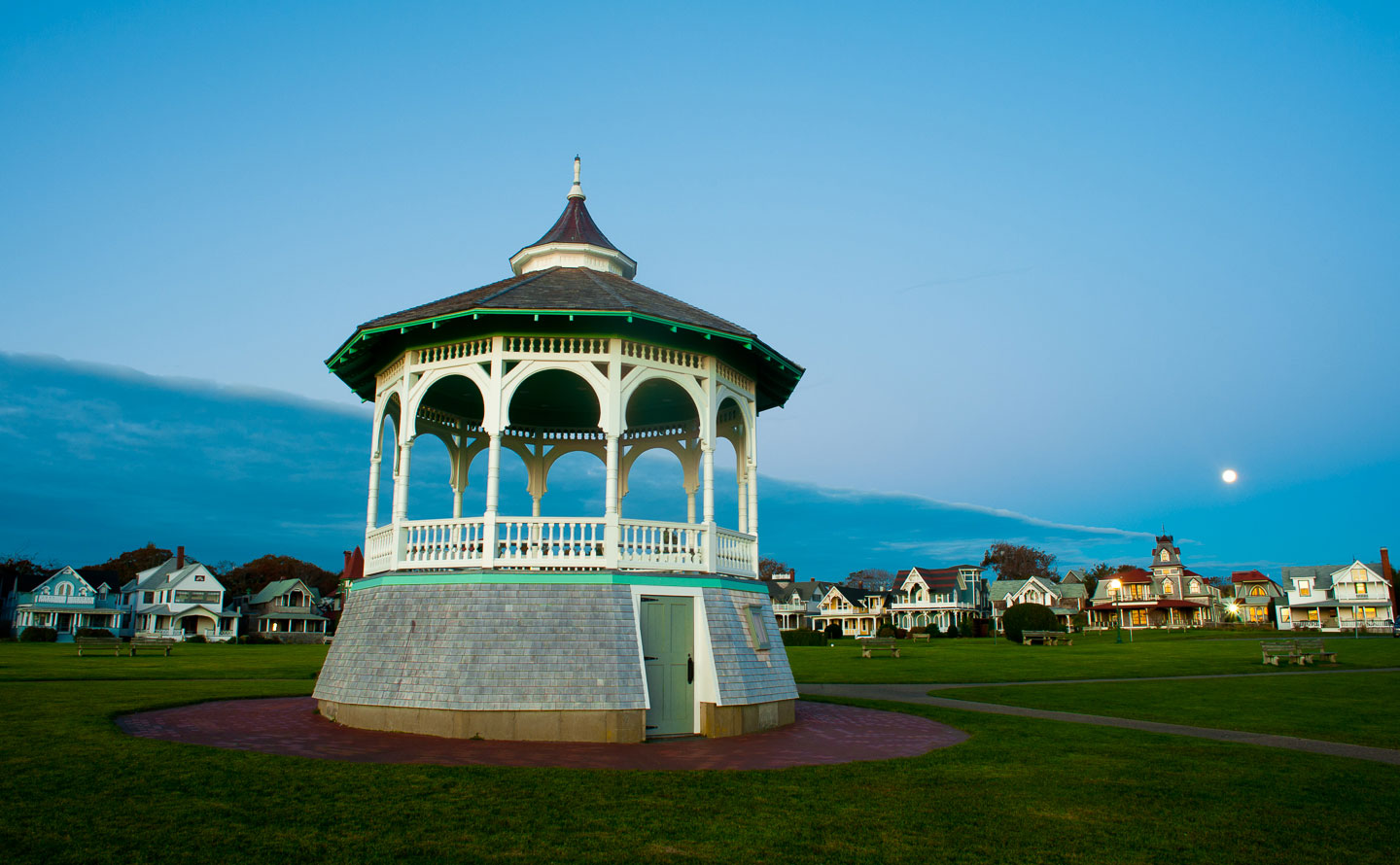Like the rest of Martha’s Vineyard, Chilmark was built more than ten thousand years ago by a conveyor-belt of ice that stretched all the way from the tomato lady’s farm on Middle Road to the North Pole. More recently, Chilmark has earned the distinction of having the highest average property value in the Commonwealth of Massachusetts, and of being the favorite summer haunt of the Obamas. (HillBill went to Edgartown.) The rest, pretty much, is just history.
It’s tempting to imagine leaving the brief history of Chilmark at that, and hitting “Publish,” and watching the clock to see how many seconds ticked by before the outraged phone lines from 508-645-XXXX start ringing off the hook. If you don’t know why, you don’t know Chilmark. Or for that matter, the Vineyard.
For ninety-five percent of the centuries that passed between the Ice and the Obamas, Native people hunted, fished, and watched the Vineyard Sound slowly expand and the Island erode. Then, in 1670, the original English proprietor of the Island, Thomas Mayhew, went to the colonial authorities and got permission to create a semi-feudal fief called “the Manor of Tisbury.” No English lived there at the time, but by 1694 a few families had headed up from (West) Tisbury and split off to create a new town. They were not particularly inventive with their place names, those first Europeans, and they named their new town Chilmark, because that’s the name of the town next to the original Tisbury, back in England. Perhaps nostalgia ran in the family.
Deafness definitely did. Two hundred years later, in the 1860s, Chilmark was most well-known for the number of citizens who were born without hearing and who couldn’t tell you in one paragraph whether their father was also their second cousin once removed, or their first cousin twice removed. American sign language, some say, was heavily influenced by the Island’s home-grown sign language. (How do you say two lobster rolls and a pint of clams in sign language?)
Speaking of lobster rolls and clams, Chilmark has always had a kind of split personality, between the stone walls and sheep pastures along South and Middle Roads and the fishing village of Menemsha. The sheep pastures were known for sheep, not surprisingly, and during the Revolution the British requisitioned ten thousand of them in an action now called “Grey’s Raid.” The Menemsha fleet was best known in its heyday for its sword fishing prowess: the fish were harpooned from the bowsprit of sailing vessels. Overfishing by factory boats and longliners has decimated the swordfishery, but the art is not entirely lost.
For visitors, Chilmark today is mostly known as the land of expensive summer rentals, exclusive private and town beaches, and sunsets at Menemsha. And a recent Hollywood invasion. But year round, the farmers still farm, the sheep still bleat, and the fishermen still fish. In recent years some of the fishermen are even farming: oysters, that would be.
“Settled”: 1660
Incorporated: 1694
Land Area: 19.1 square miles (49.6 km2)
Water Area: 81.3 square miles (210.5 km2)
Population: 843




